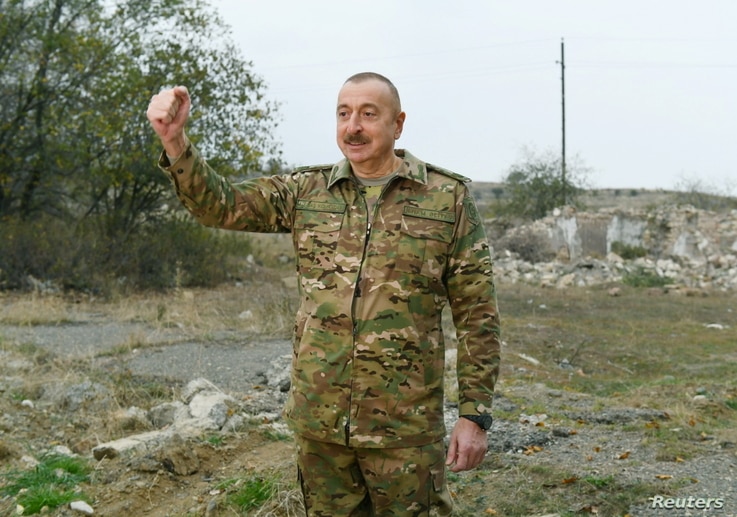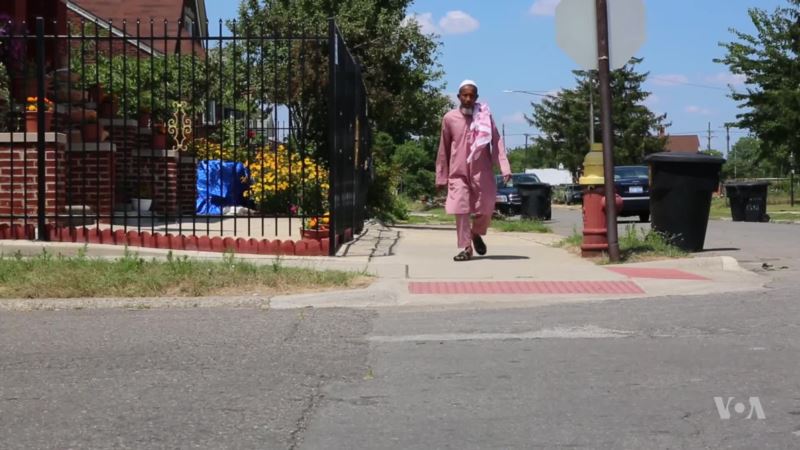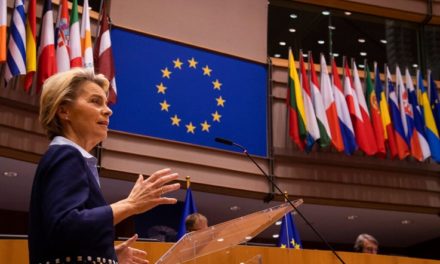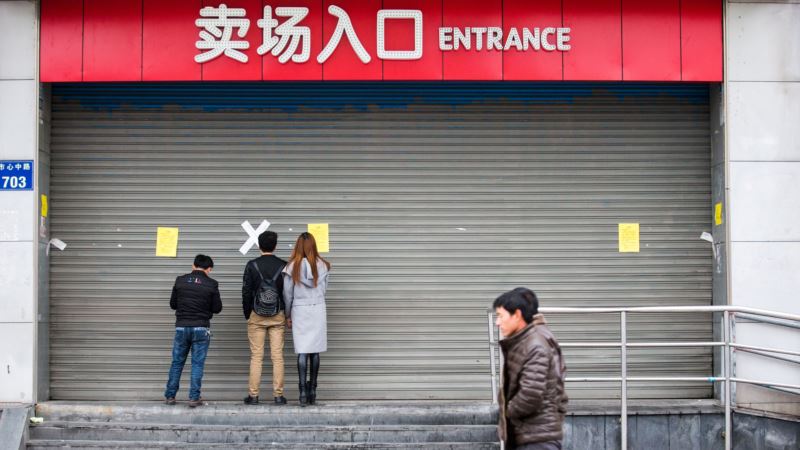What started as an interview about Azerbaijan’s cease-fire with Armenia ended in a prolonged harassment campaign for Azeri columnist Arzu Geybulla.
The journalist was accused of disrespecting those who died in the conflict between Azerbaijan and Armenia over the disputed region of Nagorno-Karabakh. Geybulla said the harassment escalated after a website published an opinion piece alleging that she “hates Azerbaijan and its people.”
The first version of the story had only a few paragraphs. But as it started making the rounds, more false accusations were added, Geybulla said, adding that she received threats on social media calling for acts of violence against her.
“The messages were not just, you know, sexual in nature but there were also death threats and there were rape threats,” Geybulla said. “Some users actually were suggesting that I should be shot. Some users were also saying that the government of Azerbaijan should take away my citizenship.”
Geybulla is included on the One Free Press Coalition’s 10 Most Urgent Cases, a monthly list of journalists most at risk. The coalition said Geybulla, who is based in Turkey, had received death threats and other menacing messages for her reporting on rights and freedoms in her home country.
While her experience is concerning, it is one shared by many journalists.
Online harassment is a growing problem, with organized hate campaigns working to silence criticism. Over 70% of journalists identifying as female reported receiving threats or harassment online, a 2020 survey commissioned by UNESCO and the International Center for Journalists found. One in five respondents said they had been attacked or abused offline in incidents they believed were related to digital threats.
'Silencing women's voices'
“Online abuse is silencing women’s voices and in some cases driving them out of the industry,” said Nadine Hoffman, deputy director of International Women's Media Foundation (IWMF).
Research by the IWMF has found that in some cases journalists consider quitting because of the level of harassment or avoid certain beats to try to prevent the likelihood of threats.
Acknowledging that journalists globally are under threat, the IWMF says female journalists face additional scrutiny and risk.
In Geybulla’s case, the intensity of the harassment forced the journalist to temporarily deactivate her Twitter, Facebook and Instagram accounts before making the accounts private.
“People got even angrier, especially when I started blocking those who were coming after me. They kept on discussing me,” Geybulla said, adding that if she searched her name in Twitter she could see how often she was still being mentioned.
Geybulla said she believed the limited free press and current environment in Azerbaijan contributed to her harassment.
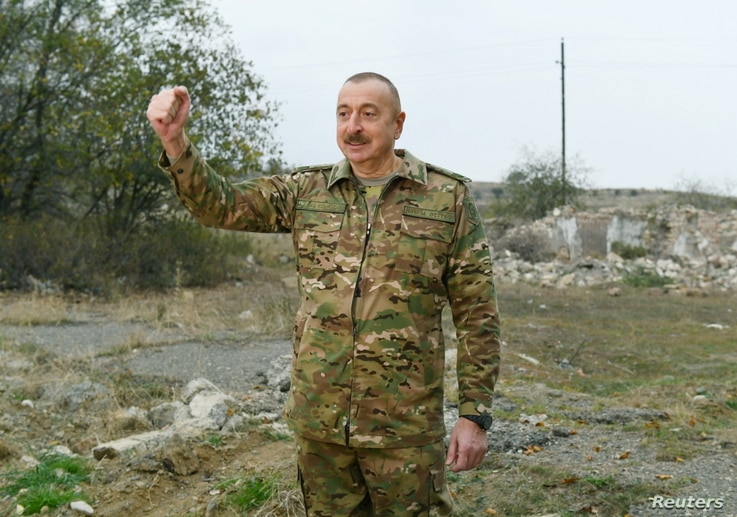
Conditions for the media are dire in Azerbaijan, which ranks 168 out of 180 countries on the World Press Freedom Index. President Ilham Aliyev clamps down on critics through harassment and jailings, says media watchdog Reporters Without Borders. Independent news websites are blocked, and authorities harass relatives of journalists in exile to try to pressure them into silence.
The harassment is “happening in a country that is marred by human rights violations, where we've had not one single free election, and this was the government who was abusing the rights of the internally displaced people for decades now,” said Geybulla.
Commentary on the recent conflict acted as another flashpoint for harassment.
Fighting broke out between Azerbaijan and Armenia in September over Nagorno-Karabakh. The disputed region is internationally recognized as part of Azerbaijan, but the majority ethnic Armenians reject that rule and have been governing themselves with Armenia’s assistance since 1994. A cease-fire is in place, but skirmishes have led each side to accuse the other of reigniting the conflict.
Solutions for safety
The harassment and threats aren’t a first for Geybulla. She said she first experienced such attacks in 2014, but at that time it wasn’t an issue that people addressed. The situation is different now that there’s more attention and discussion, and a lot more incidents of harassment, she said.
Physical threats are perhaps easier to identify, Geybulla said, but online there are too many harassers.
“A lot of it also depends on the country where you live, where you know what kind of laws there are, whether you have any chance of claiming your right or going against these people in court,” she said.
The journalist reported the harassment to Twitter and Facebook, and she said some of the accounts used to attack her were taken down for violating community guidelines. She added that she planned to take legal action but was limited because she does not live in Azerbaijan.
Hoffman, of the IWMF, said newsrooms need to apply the same sense of urgency to digital safety as they do to physical safety. She said precedent shows online violence can lead to real, physical threats in the case of doxing, for example, where personal details such as addresses are shared online.
“Journalists should take control of their digital safety by learning about the kinds of trolls who may attack them and their tactics, and by ensuring that they keep their personal information private to prevent attacks. Prevention is the best line of defense,” Hoffman said.
IWMF helped create a Coalition on Online Abuse to try to tackle this problem. The coalition offers resources, training and support for journalists under attack.

